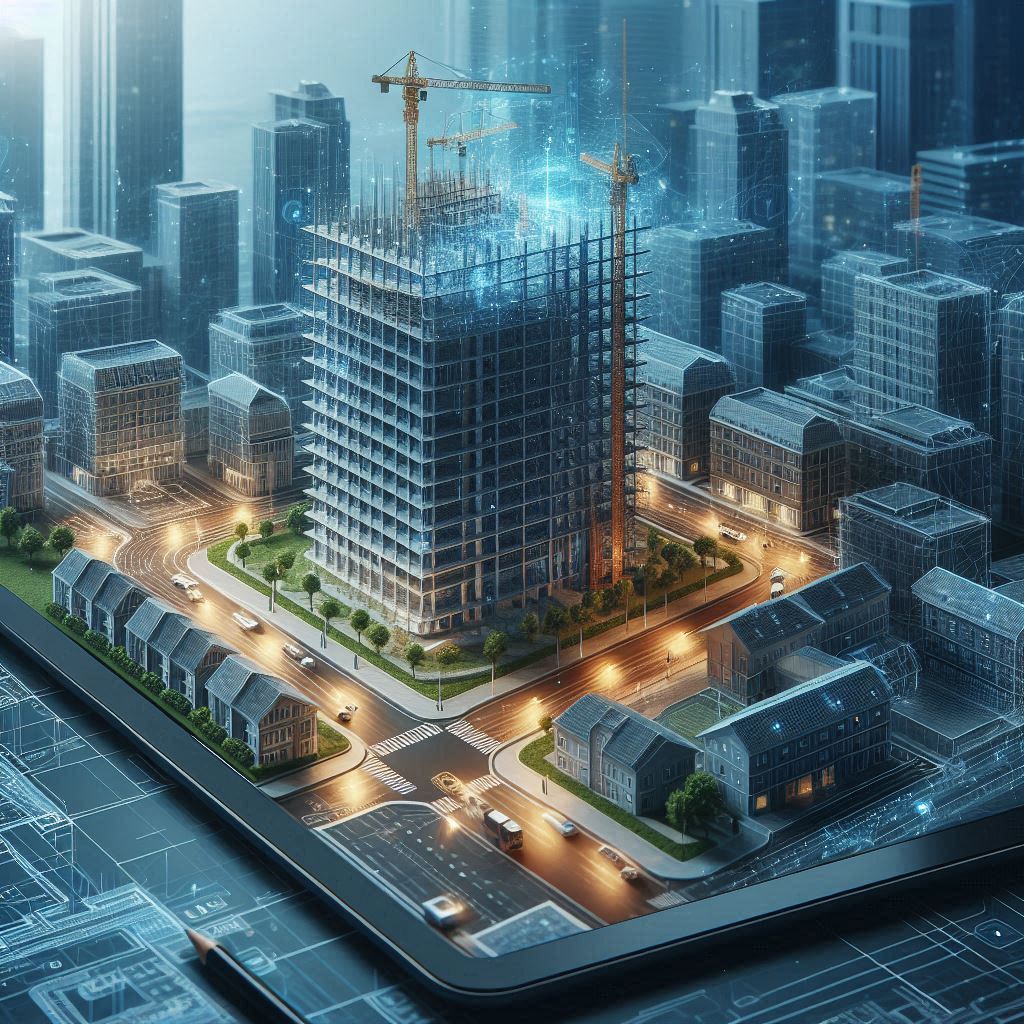Introduction to Digital Twins and Building Information Modeling
Digital twins and Building Information Modeling are transforming the architecture, engineering, and construction industry. A digital twin is a dynamic, real-time digital replica of a physical asset or environment, utilizing data from sensors, BIM, AI, and IoT to simulate, predict, and enhance performance. BIM, on the other hand, is a collaborative platform that integrates various aspects of a building’s lifecycle, from design to construction and maintenance. The integration of these technologies enhances decision-making, optimizes performance, and improves sustainability throughout the building lifecycle.
The concept of digital twins originated from NASA’s need to simulate spacecraft systems, but it has since expanded to various industries, including manufacturing and AEC. BIM has become a standard in the construction industry, providing numerous benefits such as improved collaboration, enhanced visualization, clash detection, and accurate quantity takeoffs. However, as the industry strives for more sophisticated digital solutions, the limitations of BIM have emerged, necessitating the transition to digital twins.
This article explores the process of creating a digital twin using BIM, detailing best practices to ensure a successful implementation. By following these guidelines, architects and engineers can leverage the full potential of digital twins to enhance project delivery, streamline operations, and achieve sustainability goals.
Phase 1: Model Creation
The first phase in creating a digital twin involves developing a comprehensive 3D model that gathers information from all design fields, including architecture, structure, and MEP (mechanical, electrical, and plumbing). This step is crucial as it forms the foundation of the digital twin, ensuring that all relevant data is accurately represented. Utilizing BIM tools and methodologies, such as laser scanners or drones, can significantly enhance the accuracy and detail of the model.
During this phase, it is essential to establish clear objectives and scope for the digital twin. Defining the main purpose and specific applications for which the digital twin will be used helps in identifying the key components and information that need to be integrated into the model. This clarity ensures that the digital twin is tailored to meet the project’s unique requirements and challenges.
Collaboration among various stakeholders is vital during the model creation phase. Architects, engineers, and other professionals must work together to ensure that the model is comprehensive and accurate. Regular reviews and updates to the model help in identifying and resolving any discrepancies early in the process, thereby reducing the risk of errors and rework.
Phase 2: Data Integration and Real-Time Monitoring
Once the 3D model is created, the next phase involves integrating current information with each created object and linking them to IoT sensors for real-time data collection. This integration allows for continuous monitoring of the building’s performance, enabling proactive maintenance and optimization. The data collected from sensors can include various parameters such as temperature, humidity, energy consumption, and occupancy levels.
Implementing a robust data management system is crucial for the success of this phase. The system should be capable of handling large volumes of data, ensuring that it is stored securely and can be accessed easily by authorized personnel. Additionally, the data should be processed and analyzed in real-time to provide actionable insights that can inform decision-making and improve building performance.
Best practices for data integration include establishing protocols for sensor connections and data interoperability. Ensuring that the sensors and data management systems are compatible with the BIM platform is essential for seamless integration. Regular calibration and maintenance of sensors are also necessary to ensure the accuracy and reliability of the data collected.
Phase 3: Data Analysis and Optimization
The final phase in creating a digital twin involves analyzing the collected data to identify optimization opportunities and predict potential issues. Advanced analytics and AI algorithms can be used to process the data, providing insights into various aspects of the building’s performance. These insights can help in optimizing energy consumption, improving space utilization, and enhancing occupant comfort.
Creating detailed reports and dashboards is an effective way to visualize the data and communicate the findings to stakeholders. These reports should highlight key performance indicators (KPIs) and provide recommendations for improvement. Regularly updating the digital twin with new data ensures that it remains accurate and relevant, enabling continuous optimization throughout the building’s lifecycle.
Best practices for data analysis include setting up automated workflows for data processing and analysis. This automation reduces the time and effort required to generate insights, allowing for more timely and informed decision-making. Additionally, involving all relevant stakeholders in the analysis process ensures that the insights are actionable and aligned with the project’s goals.
Creating a digital twin using Building Information Modeling is a multi-phase process that involves model creation, data integration, and data analysis. By following best practices, architects and engineers can leverage the full potential of digital twins to enhance project delivery, streamline operations, and achieve sustainability goals. The integration of BIM and digital twins represents a significant advancement in the AEC industry, offering numerous benefits such as improved decision-making, optimized performance, and enhanced sustainability.
As the industry continues to evolve, the adoption of digital twins is expected to increase, driven by the need for more sophisticated digital solutions. By staying informed about the latest trends and best practices, professionals can ensure that they are well-equipped to harness the power of digital twins and drive innovation in their projects.

Rania Oufrid
Building Dreams is My Passion

